Recent Product Posts
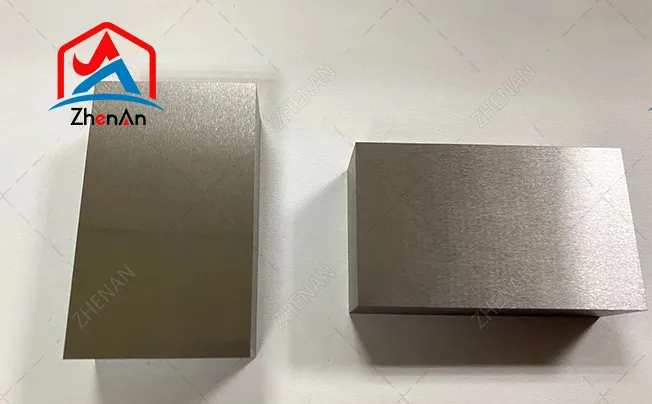

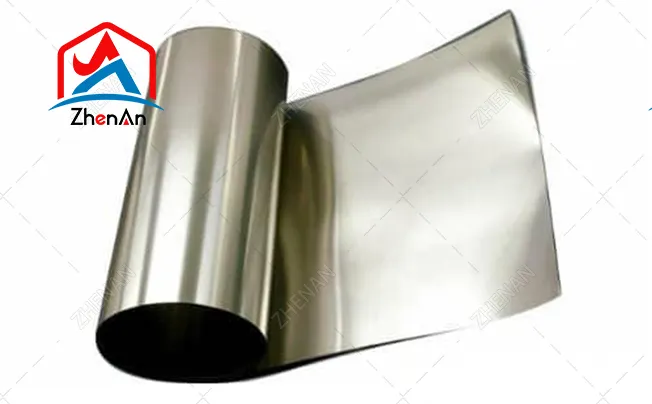
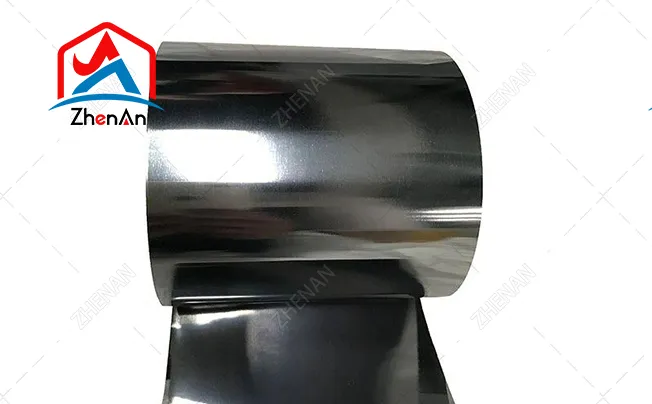
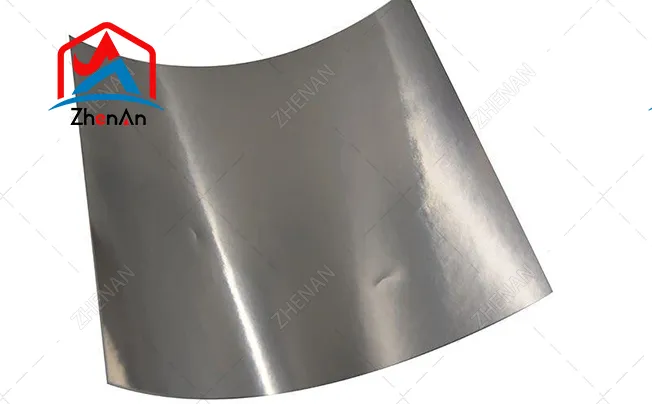
Discover the power of Mo Foil, crafted from molybdenum. With exceptional strength, high melting point, and resistance to corrosion, Mo Foil is indispensable in various industries.
Mo Foil, short for Molybdenum Foil, is a marvel of modern engineering. Crafted from the metallic element molybdenum, this thin sheet possesses a myriad of unique properties that render it indispensable across various industries. With its silvery-white allure, Mo Foil stands tall with exceptional strength, an astonishingly high melting point, and an impeccable resistance to corrosion.
Mo Foil is brought to life through a meticulous process of rolling, annealing, and cutting, resulting in a product that ranges in thickness from a few micrometers to several millimeters. This versatility allows Mo Foil to adapt to a multitude of applications, ensuring its indispensability in the realm of advanced technology and beyond.
At the heart of Mo Foil lies molybdenum, boasting a purity level of 99.95% or higher. This exceptional purity elevates its performance to unparalleled heights, enabling Mo Foil to conquer even the most demanding of applications. The inherent thermal and electrical conductivity of molybdenum infuses Mo Foil with an extraordinary prowess, making it an ideal candidate for heat sinks, electronic components, and electrical contacts.
Moreover, Mo Foil's high tensile strength, coupled with its low coefficient of thermal expansion, ensures its resilience in the face of extreme conditions. From scorching temperatures to corrosive environments, Mo Foil stands unwavering, a steadfast guardian against the forces that seek to undermine progress.
| Form | Size inch | Size mm | Size inch | Size mm |
| Foil | 0.001 | 0.0254 | 0.015 | 0.381 |
| Foil | 0.002 | 0.050 | 0.02 | 0.508 |
| Foil | 0.003 | 0.076 | 0.025 | 0.635 |
| Foil | 0.004 | 0.102 | 0.03 | 0.762 |
| Foil | 0.005 | 0.127 | 0.039 | 0.99 |
| Foil | 0.006 | 0.152 | 0.04 | 1.016 |
| Foil | 0.007 | 0.1778 | 0.05 | 1.27 |
| Foil | 0.008 | 0.203 | 0.06 | 1.50 |
| Foil | 0.01 | 0.254 | 0.06 | 1.524 |
| Foil | 0.012 | 0.305 | 0.07 | 1.78 |
| Foil | 0.015 | 0.38 | 0.08 | 2.0 |
The versatility of Mo Foil unveils a world of possibilities across numerous industries. Electronic devices, such as semiconductors, thin-film transistors, and solar cells, owe their existence to the exceptional thermal conductivity of Mo Foil. As it gracefully conducts heat away, Mo Foil becomes the unsung hero behind the seamless functioning of these technological wonders.
But the reach of Mo Foil extends far beyond the realm of electronics. In the aerospace industry, it takes flight as a key component in the manufacturing of aircraft parts, rocket nozzles, and high-temperature furnace components. Its unwavering strength and resistance to extreme conditions make it an indispensable ally in the pursuit of exploring the uncharted skies.
Mo Foil's allure also captivates the medical field, where it plays a vital role in the production of cutting-edge equipment. Its exceptional properties make it a prime candidate for glass melting electrodes, ensuring the precision and reliability required for medical advancements. Additionally, Mo Foil's catalytic prowess shines through, enabling breakthroughs in chemical reactions that shape the future of science.
As we delve into the world of Mo Foil, we uncover the hidden power of molybdenum. Its remarkable composition and unparalleled properties have paved the way for innovation and progress across a multitude of industries. From the depths of electronic devices to the vast expanse of aerospace, Mo Foil stands tall as a testament to human ingenuity and the boundless potential of science.
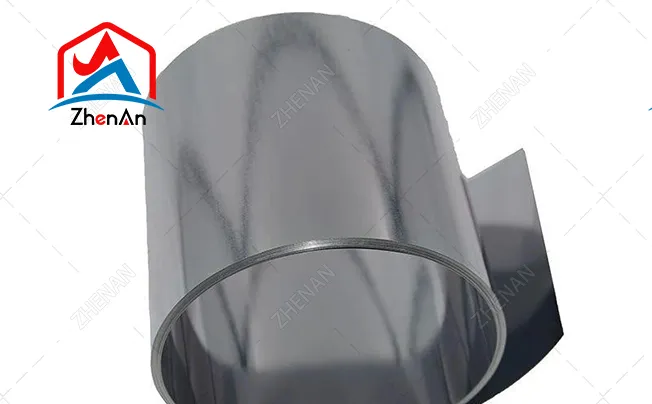
Mo foil, scientifically known as molybdenum foil, has emerged as a coveted choice across diverse industries due to its unparalleled advantages and exceptional properties. This extraordinary material boasts enhanced heat resistance and remarkable thermal conductivity, rendering it the perfect solution for applications demanding unwavering resistance to soaring temperatures and efficient heat transfer.
One of the most striking features of Mo foil is its exceptional corrosion resistance, which guarantees durability and longevity even in the harshest of environments. This invaluable characteristic ensures that Mo foil remains unaffected by the corrosive elements it may encounter, making it an ideal choice for industries operating in corrosive settings.
Furthermore, Mo foil showcases remarkable electrical conductivity and shielding properties, making it an invaluable asset in the realm of electronic and electromagnetic shielding applications. Its ability to conduct electricity with unparalleled efficiency ensures seamless transmission of electrical signals, while its shielding properties protect sensitive electronic components from unwanted interference.
With its unrivaled combination of heat resistance, thermal conductivity, corrosion resistance, electrical conductivity, and shielding properties, Mo foil has truly revolutionized numerous industries. Its remarkable versatility and reliability have solidified its position as a go-to material for a wide range of applications.
When it comes to selecting Mo Foil, you don't want to leave anything to chance. The right choice can make all the difference in ensuring the success of your application or industry. So, how do you go about finding the perfect Mo Foil? Let's break it down.
One of the first things you need to think about is the desired properties of the Mo Foil. Are you looking for strength, ductility, or corrosion resistance? Each of these factors plays a crucial role in determining the suitability of the foil for your specific needs. By clearly defining what you're after, you can narrow down your options and focus on the Mo Foil that will deliver the desired performance.
Another important consideration is the required thickness of the Mo Foil. Different grades and thickness options are available, catering to various needs. Whether you need a thin foil for delicate applications or a thicker one for more robust processes, understanding the thickness requirements is essential. This knowledge will help you identify the Mo Foil that can handle the demands of your specific application or industry.
Compatibility is a key factor when choosing Mo Foil. Not all grades are created equal, and some may be better suited for certain environments or processes. It's crucial to assess the compatibility of the Mo Foil with your specific application or industry to ensure optimal performance. By doing so, you can avoid any potential issues and ensure that the Mo Foil seamlessly integrates into your existing systems or processes.
By carefully evaluating these factors - desired properties, required thickness, and compatibility - you can confidently choose the most appropriate Mo Foil for your needs. Don't leave anything to chance. Take the time to research and explore your options, consulting with experts if necessary. With the right Mo Foil in your hands, you can rest assured that your application or industry will thrive, delivering the results you desire.
Mo Foil, also known as molybdenum foil, is a remarkable material that finds its utility in a wide array of industries. However, to harness its full potential, it is imperative to master the art of proper handling and installation. In this section, we will delve into the crucial precautions, safety guidelines, cutting and shaping techniques, as well as installation methods and best practices that will empower you to make the most of Mo Foil's capabilities.
Handling Mo Foil demands meticulous attention to safety measures to avert accidents and injuries. When engaging with this extraordinary material, it is paramount to equip yourself with appropriate protective gear, such as gloves and safety glasses, to shield against potential cuts and eye injuries. Furthermore, Mo Foil should be stored in a dry and well-ventilated area, as moisture absorption can adversely impact its properties. To maintain the foil's integrity, it is crucial to handle it with clean, dry hands, avoiding contact with oils or other contaminants that could compromise its performance. Lastly, proper disposal of Mo Foil scraps is of utmost significance to prevent any potential environmental hazards.
Achieving precise and accurate cuts and shapes is pivotal when working with Mo Foil. Various techniques can be employed, depending on the desired outcome. One commonly employed method involves the use of high-speed steel cutting tools, such as shears or scissors, to meticulously cut the foil into the desired shape and size. Ensuring that the cutting tools are sharp and well-maintained is crucial to achieve clean and precise cuts. For intricate shapes that demand unparalleled precision, laser cutting or electrical discharge machining (EDM) can be utilized. These advanced methods offer greater precision while minimizing the risk of deformation or damage to the foil.
To unlock the full potential of Mo Foil, installation demands meticulous planning and adherence to best practices. Before embarking on the installation process, it is imperative to thoroughly clean the surface where the foil will be applied, ensuring it is free from any contaminants. Adhesive bonding serves as a popular method for attaching Mo Foil to various substrates. The selection of the appropriate adhesive, tailored to the specific application requirements, is crucial. Additionally, ensuring proper curing and bonding strength is paramount. Alternatively, mechanical fastening techniques, such as clamping or riveting, can be employed to secure the foil. To achieve reliable and long-lasting results, it is essential to diligently follow the manufacturer's recommendations and guidelines for installation.
Mo Foil is a revolutionary new product that is taking the world by storm. With its cutting-edge technology and innovative design, Mo Foil is changing the game in the world of insulation. Gone are the days of bulky, inefficient insulation materials. Mo Foil is sleek, lightweight, and incredibly effective at keeping your home cool in the summer and warm in the winter.
But what exactly is Mo Foil? It is a high-performance insulation material that is made from a thin layer of aluminum foil. This foil is then combined with a layer of polyethylene foam, creating a powerful barrier against heat transfer. The aluminum foil reflects radiant heat, while the foam layer provides excellent thermal insulation.
One of the key advantages of Mo Foil is its versatility. It can be used in a wide range of applications, from residential homes to commercial buildings. Whether you are looking to insulate your attic, basement, or walls, Mo Foil is the perfect solution. Its lightweight design makes it easy to install, and its flexibility allows it to conform to any shape or size.
Not only does Mo Foil provide exceptional insulation, but it also offers several other benefits. It is moisture-resistant, preventing the growth of mold and mildew. This makes it an ideal choice for areas that are prone to high humidity levels. Additionally, Mo Foil is fire-resistant, providing an extra layer of protection for your home or building.
In terms of energy efficiency, Mo Foil is second to none. Its reflective properties help to reduce the amount of heat that enters or escapes your home, resulting in significant energy savings. By keeping your home at a comfortable temperature year-round, Mo Foil can help to lower your heating and cooling costs.
Another advantage of Mo Foil is its eco-friendliness. Unlike traditional insulation materials, Mo Foil is made from recyclable materials and does not release harmful chemicals into the environment. By choosing Mo Foil, you are not only improving the energy efficiency of your home but also reducing your carbon footprint.
In conclusion, Mo Foil is a game-changer in the world of insulation. Its innovative design, excellent performance, and numerous benefits make it the top choice for homeowners and builders alike. Whether you are looking to improve the energy efficiency of your home or create a comfortable living space, Mo Foil is the answer. Say goodbye to outdated insulation materials and hello to the future of insulation with Mo Foil.
Mo Foil, short for Molybdenum Foil, is a thin sheet made from the metallic element molybdenum. It possesses exceptional strength, a high melting point, and resistance to corrosion.
Mo Foil is composed of molybdenum with a purity level of 99.95% or higher. It has thermal and electrical conductivity, high tensile strength, and a low coefficient of thermal expansion.
Mo Foil is used in electronic devices, aerospace industry, and medical field. It is used in heat sinks, electronic components, electrical contacts, aircraft parts, rocket nozzles, high-temperature furnace components, glass melting electrodes, and catalytic reactions.
Mo Foil has enhanced heat resistance, remarkable thermal conductivity, corrosion resistance, electrical conductivity, and shielding properties. It is durable, long-lasting, and versatile.
Consider the desired properties, assess the required thickness, and evaluate compatibility with your specific application or industry.
Wear appropriate protective gear, store in a dry and well-ventilated area, handle with clean, dry hands, and dispose of scraps properly.
Use high-speed steel cutting tools for precise cuts or employ laser cutting or electrical discharge machining for intricate shapes.
Clean the surface, use adhesive bonding or mechanical fastening techniques, and follow manufacturer's recommendations and guidelines.
Mo Foil is a high-performance insulation material that reflects radiant heat and provides excellent thermal insulation. It is lightweight, versatile, moisture-resistant, fire-resistant, energy-efficient, and eco-friendly.
* We value your feedback! Please complete the form below so that we can tailor our services to your specific needs.